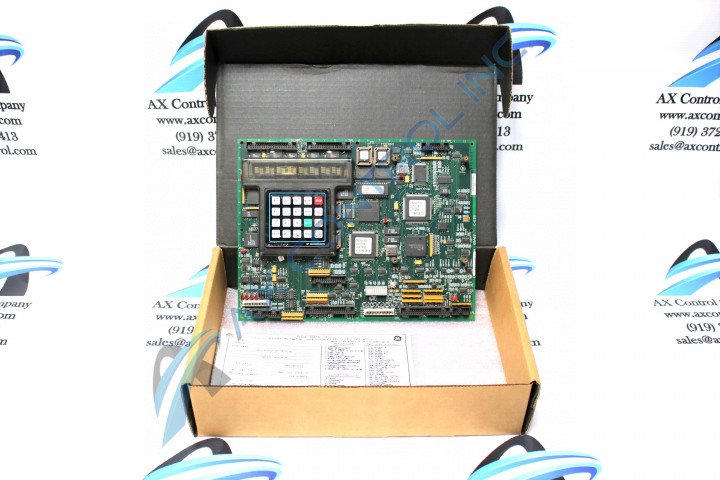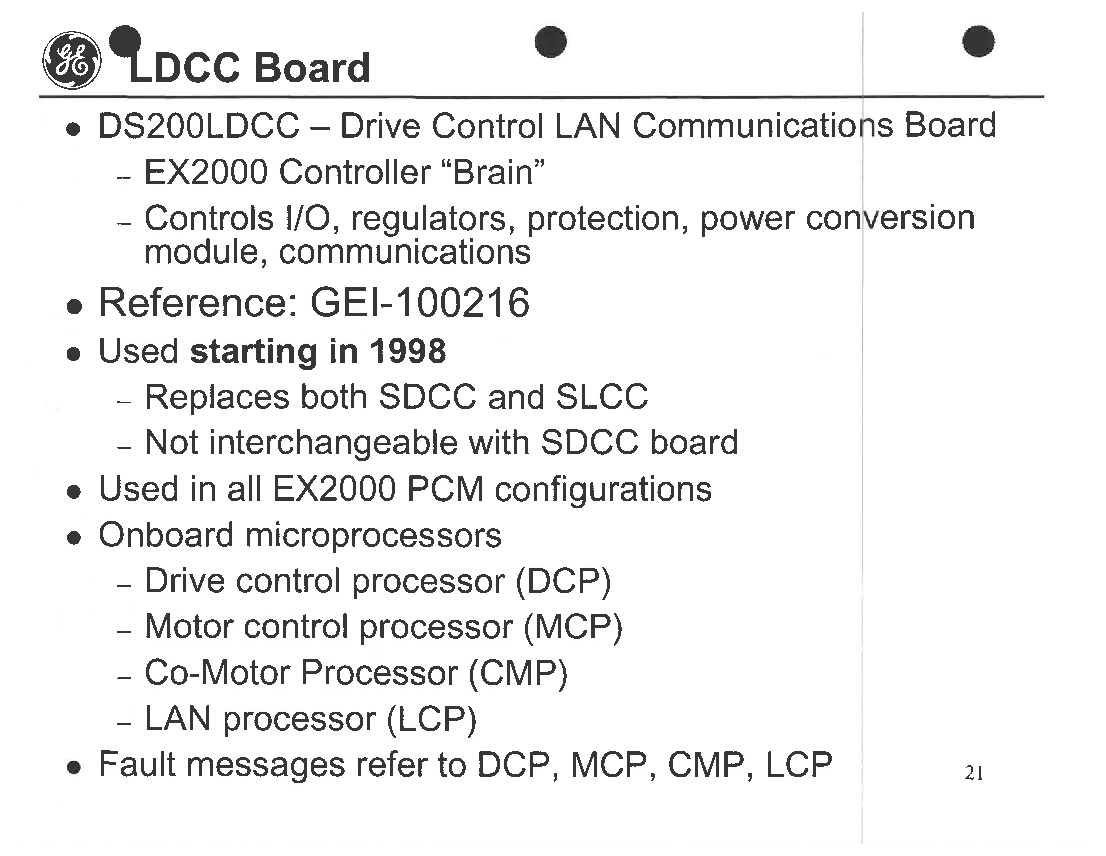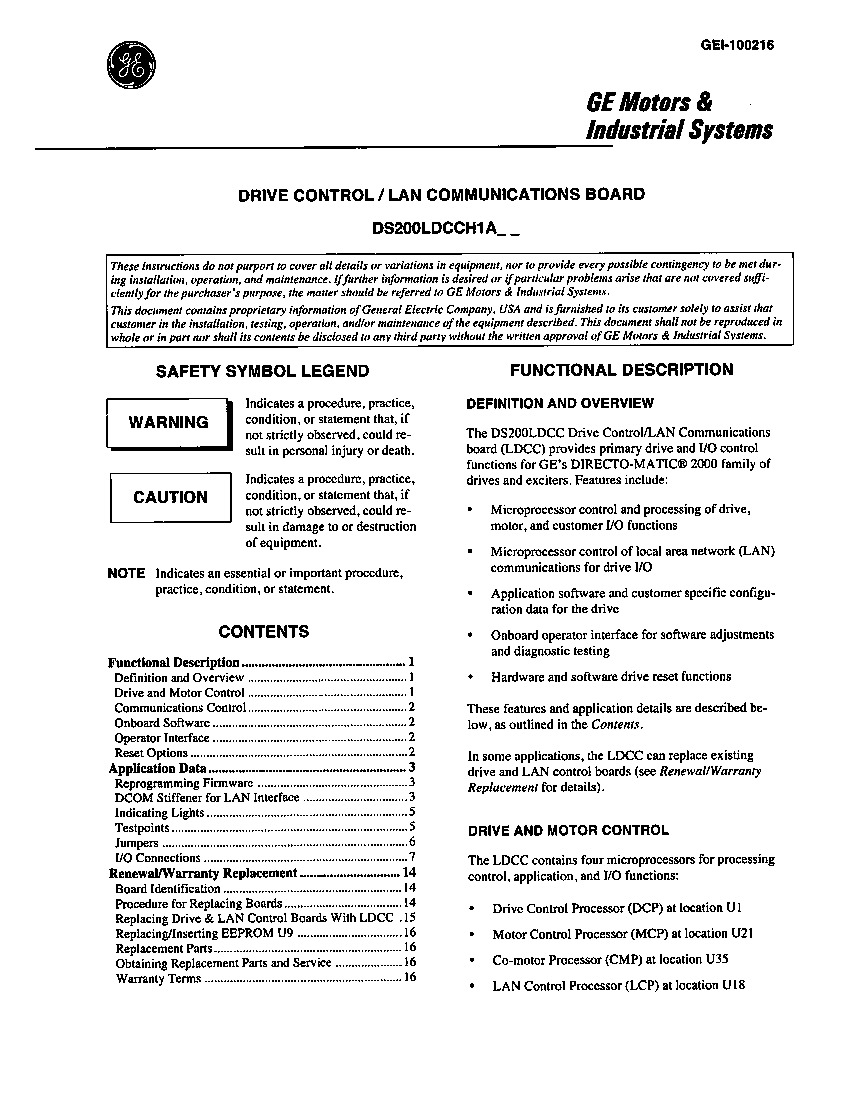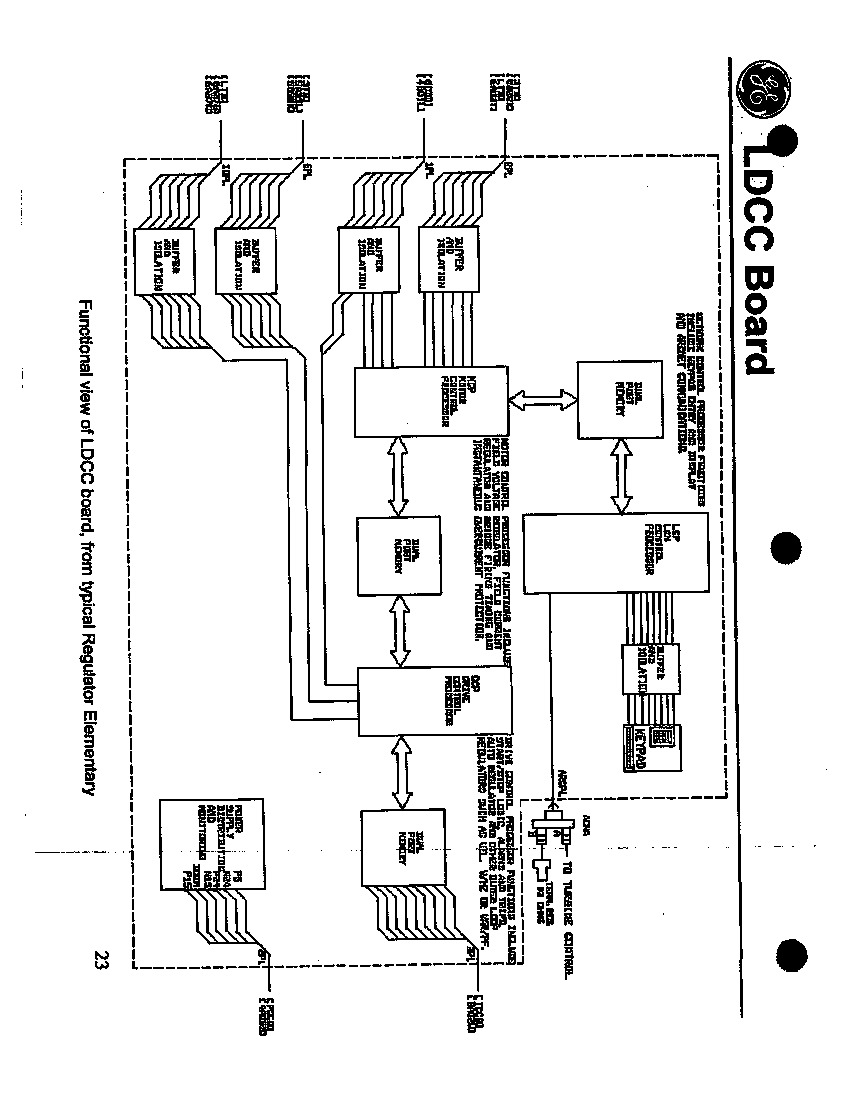About the DS200LDCCH1ANA
This DS200LDCCH1ANA printed circuit board or PCB for short, as described above, was originally designed and created for General Electric's Mark V Control System Series, which has specific applications in gas, steam, and wind turbine control and management systems. The Mark V Turbine Control System Series that this DS200LDCCH1ANA product offering belongs to is a legacy series, as it has been discontinued by its original manufacturer. With that being said, the Mark V Series is one of General Electric's more recent product series that was designed with the use of their patented Speedtronic technology, which was first introduced with the rollout of the Mark I Series in the late 1960s. This DS200LDCCH1ANA printed circuit board is definable as a Drive Control/LAN Communications Board, based on the original functional product description available in Mark V Series and General Electric instructional manual materials. While this DS200LDCCH1ANA device is definable as a Drive Control/LAN Communications Board, it is not considered the original product with its functionality developed for the Mark V Turbine Control System Series; that would be the DS200LDCCH1 parent printed circuit board missing this DS200LDCCH1ANA product's full three-fold revision history.
Hardware Tips and Specifications
The GE Drive Control/LAN Communications Board DS200LDCCH1ANA features multiple microprocessors that provide control for the drive, motor, and I/O functions. It also provides control for the LAN network. The GE Drive Control/LAN Communications Board DS200LDCCH1ANA is populated with four microprocessors and each microprocessor is assigned a separate function. One microprocessor provides drive control processing, one microprocessor provides motor control processing, one microprocessor provides co-motor processing, and one microprocessor provides LAN control processing to the DS200LDCCH1ANA board and related Mark V Series automated drive assembly. The internal processes of this DS200LDCCH1ANA Drive Control Board are supported by some of the more general hardware specifications of the Mark V Series, including a standard number of voltage-limiting and voltage-storing hardware components including diodes, resistors, and capacitors, as well as a thin layer of comprehensive conformal-style printed circuit board protective coating. With this being said, many specialized hardware elements aid in voltage insulation for the DS200LDCCH1ANA PCB here. The configuration data for this DS200LDCCH1ANA LAN Communciations Board is stored in a series of six flash PROM components attached to its base circuit board. As standard to any Mark V Series hardware component, these flash PROMs are all accompanied by their own individual hardware reference designators U7-U21 to be exact. For use in high noise environments, an additional stab connector has been worked into the assembly of this DS200LDCCH1ANA GE product.
If the DS200LDCCH1ANA board is not functioning properly or seems to be providing less than optimal performance, you might want to perform a soft reset on the board. A hard reset is when electric power is interrupted and the DS200LDCCH1ANA board must restart. When possible, this should be avoided and it should only occur if the drive malfunctions or a trip condition occurs that causes the drive to shutdown unexpectedly. The better option to restart the board is a soft reset. This is when power remains present in the board and is used to clear faults. One method of performing a reset is to press the Reset button on the DS200LDCCH1ANA's base circuit board. Only a qualified individual should do this because power is present in the drive and there is a risk for electric shock or burn. It requires the servicer to reach into the board cabinet and press the Reset button. Press the button for about 5 seconds, then release the button. Before making a final purchase decision on this LDCC-abbreviated product, it is important to recognize that the three total product revisions in the assembly of this DS200LDCCH1ANA PCB alter its performance specifications and dimensions from their factory-printed base-revised statuses.

















